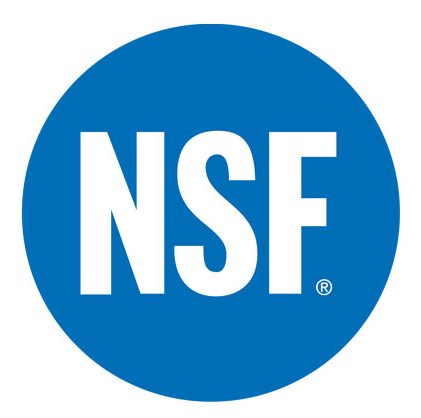Against unintentional loosening of screws
Screws are handy little helpers that we find in many areas of everyday life, whether for the latest DIY project in the hobby room, for assembling furniture or in the hobby workshop. They are also very popular in industrial settings for connecting a wide range of different components. What is special about screws as connecting method?
Due to the nature of their thread, they can be loosened practically any number of times. In order to prevent unintentional loosening of the connections, various forms of screw locking – including chemical threadlockers – have been developed. Intelligent solutions are needed in that area, which meet the ever-increasing demands of occupational safety and the strict product specifications for use in sensitive industrial sectors, such as food production.
So far, so good – but what do WEICON and adhesives have to do with any of that? Find out here.

Chemical threadlocking in industrial applications
In industrial settings, screw connections need to be secured in many different places. For example, on adjusting screws, countersunk screws and set screws in industrial facilities – in fact, everywhere where components are exposed to increased movements and the safety of the construction is put under strain. The purpose of threadlockers is to prevent connections from loosening unintentionally and losing their clamping force. Traditionally, locking devices such as toothed lock washers or self-locking nuts are used for this purpose. But the use of anaerobic adhesives for securing connections is also becoming increasingly popular. Chemical threadlocking prevents the screws from loosening even more reliably and with less material damage than traditional mechanical methods.

What are anaerobic adhesives?
Although it may sound like it at first, anaerobic adhesives have nothing to do with the well-known 80s sport of aerobics. “Anaerobic” means something like “without oxygen.” Anaerobic adhesives are single-component adhesives that remain liquid as long as they are in contact with oxygen. Only when oxygen no longer reaches the adhesive and there is metal contact it cures. This happens, for example, when a bolt and nut have been joined together. The screw connections are permanently secured, withstand vibrations and other forces, and are material-neutral and gentle on the material.
You can find out more about anaerobic adhesives and sealants here.
Anaerobic adhesives = all good?
Not quite. Many of the anaerobic adhesives currently in use are labelled with hazard symbols and subject to H and P labels – so-called danger and safety statements. For users, this can mean irritated skin, eyes and breathing tracts. The unpleasant smells caused by these adhesives are sometimes so extreme that daily work with them – especially in closed rooms – is very unpleasant.
H and P statements (examples):
H290 May be corrosive to metals
H312 Harmful in contact with skin
H400 Very toxic to aquatic organisms
P271 Use only outdoors or in a well-ventilated area P220 Keep away from clothing and other combustible materials
P273 Avoid release to the environment
The topics of occupational safety and health protection are becoming increasingly important in industrial workplaces, too. The products and equipment employees come into contact with must comply with strict guidelines and meet the requirements of company health professionals. In addition, certain sensitive industrial sectors – such as the food or pharmaceutical production – place particularly high demands on the substances used there.

So you’d rather do without glue? Don’t worry, you don’t have to – thanks to WEICON.
Chemical threadlocking by WEICON
With a total of 20 types in the WEICONLOCK range, we offer special anaerobic adhesives and sealants complying with strict guidelines. Therefore, they can be used in many sensitive areas, like the production of food, cosmetic products or medicines, and also serve to increase workplace safety.
What is the difference to other anaerobic adhesives?
WEICONLOCK adhesives have approvals from the National Sanitation Foundation (NSF) and the German Technical and Scientific Association for Gas and Water (DVGW), among others, and are suitable for use in drinking water applications. In addition, WEICONLOCK adhesives have a so-called “white” safety data sheet, which means that they are label-free and classified as non-hazardous.
Info: “White” safety data sheet This means that these products do not have to be labelled with danger symbols or with H labels according to the strict EC regulations No. 1907/2006 – ISO 11014-1.


These features make the adhesives particularly suitable for use in sensitive industries, but they can also be used in all other areas for securing or sealing.
You would like to know how exactly WEICONLOCK threadlockers are applied? Then this article might be interesting for you. Take a look.
In this video you can also see how WEICONLOCK® AN 302-43 is used for screw locking.
Written by guest author Lina Stoffer – working student public relations